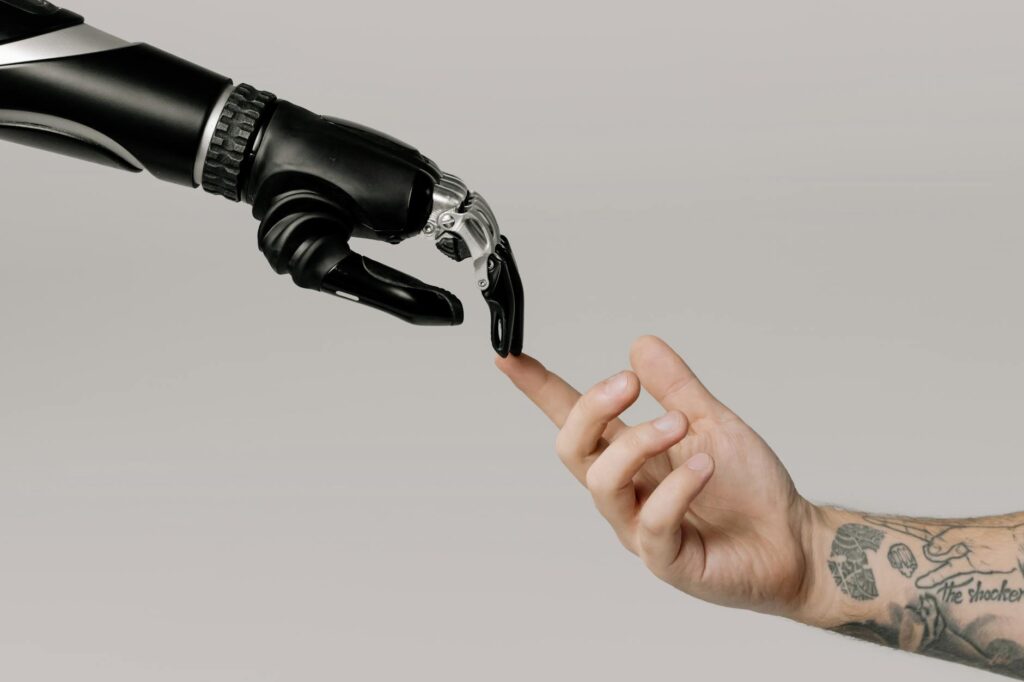Addressing tech skills shortages through Australia’s correctional facilities

Would you hire someone with a criminal record?
Through a programme led by New Zealand-based charitable organisation Title 2people serving prison terms are being trained in technology skills while still in the corrective system, equipping them for meaningful careers upon release.
Having already made a significant impact in New Zealand, Take2 launched its first Australian programme earlier this year at the Mary Wade Correctional Centre in Sydney, in partnership with Corrective Services New South Wales. It is now in the early stages of planning for its second prison classroom and a new community hub in Australia.
Founder and CEO Cameron Smith tells CIO Australia this creates more opportunities for justice-impacted individuals to transform their futures, both inside and outside of the prison environment.
The charity is a proponent for ‘fair chance hiring’, which is about seeing the potential of the individual and excluding questions about a job applicant’s criminal record.
Globally, fair chance hiring is gaining momentum as a means of advancing justice and economic growth, while potentially meeting the skills shortage in the technology industry.
In Australia, Tasmania and the Northern Territory prohibit hiring discrimination based on a candidate’s criminal record when the record is irrelevant to the role. In Victoria, the government has partnered with private businesses in an initiative to help prisoners get employed once they are released from prison.
Filling the skills gap
“The Australian tech industry is projected to face a shortage of 200,000 skilled workers by 2025, [there’s] a need for more inclusive hiring practices to fill these roles,” said Smith. “Fair chance hiring promises more diverse, inclusive workforces, which also improves the prospects for millions of individuals with criminal records.”
Initiatives like Take2’s prison programme can be integral to filling those gaps. For example, as of December, Take2 has 11 students in the pilot cohort at Mary Wade Correctional Centre and has already resulted in success for one of its students who has started a hybrid model work placement.
The student goes to work two days a week in a digital marketing role and works with content management systems, as well as databases, while still being an inmate.
According to Take2 his employment is a reintegration arrangement with Corrective Services, under work release and was initially created by the employer as a desktop role.
“The arrangement has now gone from two to three days of work per week at the request of the employer, a true testament of the value he brings to the workplace,” said Smith. “We foresee more and more students being eligible for work release and bringing the skills they’re developing at Take2 to the workplace.”
While the benefits of the programs are taking root, fostering engagement with diverse stakeholders will be essential to providing the necessary support for participants completing their corrective sentences.
Overcoming bias
One of the issues that can prevent them from successfully entering the workplace is bias in hiring practices, which still remain despite the growing awareness and commitment to diversity and inclusion, challenges remain, said Smith.
“Bias in hiring practices, lack of access to training and resources, and social stigma continue to hinder the full integration of justice-impacted individuals into the workforce,” he said.
Having a holistic and ecosystem approach as collaboration between government agencies, nonprofits, and private companies is essential in creating comprehensive solutions that address these systemic issues.
Senior Lecturer in Design at University of Technology Sydney, Rohan Lulham, tells CIO that having inmates engage with technology can be transformative.
Lulham was part of a research and evaluation strategy for the Transformation of Prisoner Rehabilitation through Digital Technology.
“Giving them skills for the future and enabling them to see themselves as capable individuals is instrumental,” he said. “Supporting prisoners with content like this could shift perspectives.”
This would also address underlying issues of digital equity and ensure equal access to digital technologies, skills, and opportunities for everyone, even those in correctional facilities.
“Upskilling and reskilling programs play a crucial role in achieving this equity,” said Smith. By providing individuals with digital literacy and technical skills training [which are] skills essential for reintegration into society, enabling them to access online job portals, communicate with potential employers, and participate in work and other opportunities.”
According to Smith the benefits of upskilling and reskilling for justice-impacted individuals flows into increased employability, reduced recidivism rates, enhanced confidence, and empowerment.
Central to this, said Smith, is employment, which is one of the best ways to reduce recidivism and can help trainees overcome their increased risk of poverty, housing insecurity, and homelessness.
“This not only helps them build more stable lives and stay out of prison, but also benefits the wider community in reducing crime,” he said.
Working with CIOs
This is where CIOs and senior technology leaders in Australia can be the most instrumental, as the organisation has found with its experience across the Tasman in New Zealand.
Woolworths New Zealand general manager for technology Steve James is one of the IT leaders who has recently taken on a Take2 graduate in his team. He told CIO Australia that the experience was of great value to his organisation.
“At Woolworths, we’re committed to fostering a diverse and inclusive technology team that reflects the rich variety of the communities we serve. Take2’s mission deeply resonated with our values, particularly ‘Everybody Counts.’ Their programme not only provides a pathway for individuals to rebuild their lives, but it also brings a unique set of skills, experiences, and perspectives to our team. We were incredibly impressed by the support and guidance provided by Take2 throughout the entire process. They helped us identify a talented individual who is already making valuable contributions to our team. This partnership is a testament to our belief in second chances and our dedication to creating a workplace where everyone feels valued and has the opportunity to thrive.”
He added that Take2 made the process of taking on an intern as easy as possible.
“From the outset, we were struck by their team’s passion and dedication to creating real change. They were true partners throughout the entire process, proactively addressing any concerns and ensuring a smooth onboarding experience for [the intern] Andrew. Take2’s commitment to providing top-notch training and support was evident in Andrew’s skills and work ethic. He quickly became a valuable asset to our team, exceeding expectations in every way. While we’re sad to see him move on to his next opportunity (which speaks volumes about the talent Take2 cultivates), we’re incredibly grateful for the opportunity to have worked with such a fantastic organisation.”
Smith believes these technology leaders not only help organisations to innovate and manage the technology function, but they also play an important role in shaping the culture of what technology teams look like.
“For second chance hiring, it only takes one person in the organisation to care enough to give someone a second chance, to change someone’s life for good,” Smith said.
SUBSCRIBE TO OUR NEWSLETTER
From our editors straight to your inbox
Get started by entering your email address below.
Discover more from Tamfis Nigeria Lmited
Subscribe to get the latest posts sent to your email.



 Hot Deals
Hot Deals Shopfinish
Shopfinish Shop
Shop Appliances
Appliances Babies & Kids
Babies & Kids Best Selling
Best Selling Books
Books Consumer Electronics
Consumer Electronics Furniture
Furniture Home & Kitchen
Home & Kitchen Jewelry
Jewelry Luxury & Beauty
Luxury & Beauty Shoes
Shoes Training & Certifications
Training & Certifications Wears & Clothings
Wears & Clothings
















